September 2002 Issue
Issue Summary:
After rebuild, 4R44/55E and 5R55E units may exhibit delayed engagement when hot.
Some full-size GM four-wheel-drive trucks may experience a “Service 4WD” indicator light that remains on.
After replacement of the turbine-speed sensor, Ford/Mazda CD4Es may experience a persistent gear-ratio error.
In Daewoo Lanos, Nubira and Leganza, there may be a variety of drivability complaints after repairs.
Technicians may encounter difficulty removing torque-converter bolts in some GM units.
Using the factory-specified fluid is essential with ZF automatic transmissions.
Driveline vibration may occur under certain condi-tions in 2000-model GM trucks with a 4L60-E.
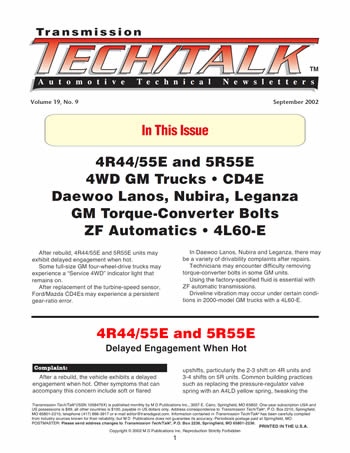
Replaced the What?
Sometimes a problem with a vehicle requires quite a bit of diagnostic head scratching, at the end of which you finally find what is causing the problem.

A Transfer-Case Identity Crisis
So in your ever-expanding list of causes for stacked upshifts in computer-controlled transmissions, even if it is a two-wheel-drive vehicle, investigate the possibility of a four-wheel-drive-low command being the culprit otherwise known as a transfer-case identity crisis.

August 2002 Issue
Issue Summary:
A 4T80-E may exhibit suddenly firm shifts accompanies by intermittent ratio codes P0731 and P0732.
After a valve-body exchange during either a rebuild or a repair, an AX4S/AXODE exhibits a harsh upshift into 2nd gear. No codes are present, and a pressure check verifies that line pressure is within specifications.
A new drain-plug transmission kit is available to prevent leaks from the oil-pan plug on Toyota models.
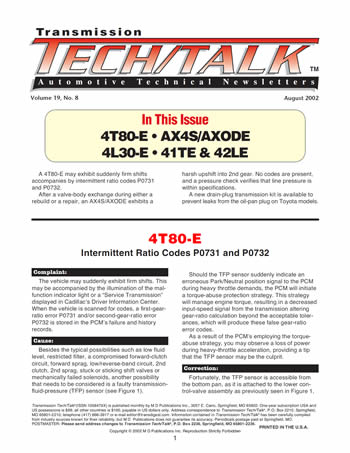
Understanding Gear Technology
The transmission-repair industry is all about gears. The word transmission means transmitting or sending, and that is exactly what an automotive transmission does. The transmission sends the power produced as torque (turning force) by the engine and transmits it in a usable form to the driving wheels.
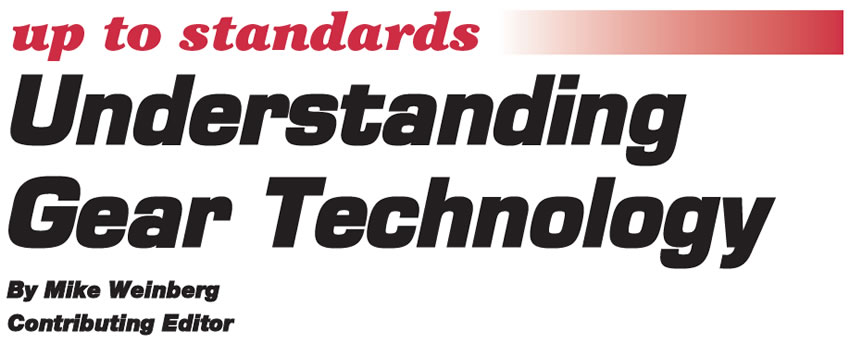
Honda & Acura – the New Generation
This has now become a very frequent question on the tech line: “Hey, what are all these solenoids, and what in the world do they do?” The questions started in the 1997 model year, when the Honda Prelude came out with the M6HA transaxle. This was one of the first vehicles to receive this new-generation 4-speed. This article, I hope, will clear up some of the questions on shift strategy, clutch-pack applications and solenoid application. After all, how can you fix something if you don’t know how it works?

4L30-Es May Drive You Crazy – Part I
If any part of your sanity were ever in question, the 4L30 E transmission might be just the thing to put you over the edge. The most-common complaints concerning the 4L30 E usually have something to do with reverse. No reverse, little or no reverse, neutraling in reverse and partial TCC-lockup apply in reverse are only a few of the many problems.

Getting a Handle on Half a Dozen Speeds
In the 1993 model year GM introduced the T56 six-speed transmission in the F body cars (Camaro/Firebird). The transmission was designed and manufactured by BorgWarner Automotive and was an evolution of the earlier T5 design. Larger and capable of handling more torque and horsepower, this trans became an instant hit with performance enthusiasts, race teams and hot rodders.
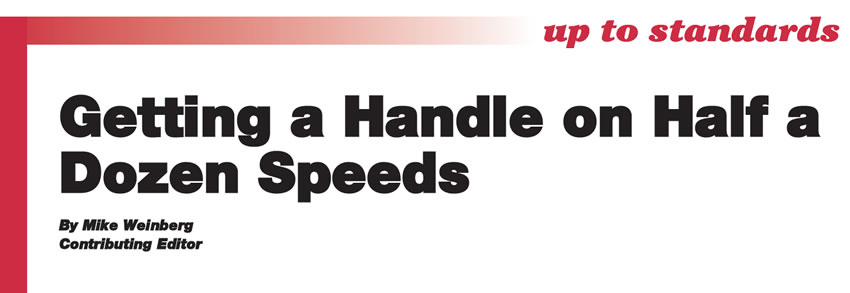
EEC-IV and EEC-V Systems – Odd Behavior
EEC-IV and EEC-V systems sometimes may exhibit odd behavior such as erratic shifting, OD or engine light blinking, nonsense or unrelated codes, with no apparent cause.

July 2002 Issue
Issue Summary:
Fluid foaming in the 41TE may be caused by the cooler bypass valve in the case under the pump.
Delayed bang engagement on the Honda Civic HX may be caused by several reasons, one of which is a stretched steel belt slipping in the pulleys.
After replacement of a turbine-speed sensor, Ford/Mazda CD4Es may experience a persistent gear-ratio error.
We also have included a special conversion procedure for Mazda-to-Ford ID
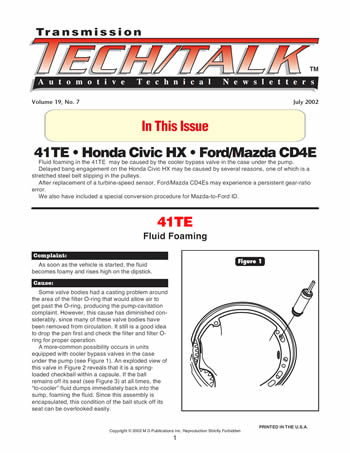
Isuzu NPR/GMC Tiltmaster
The Isuzu NPR Commercial Truck and GMC Forward Tiltmasters use an exhaust-brake system that assists in engine braking during downhill coasting while the trucks are carrying heavy loads. This system is used instead of the familiar Jacobs Vehicle System known as the “Jake Brake.” When the exhaust brake is activated, it restricts the flow of exhaust with a flapper valve in the exhaust pipe similar to that of a heat-riser assembly (see Figure 1). When the flapper valve closes, exhaust pressure increases, causing air intake to decrease. This increased backpressure and slower air intake reduce torque transfer to the geartrain, producing the desired on-demand engine braking needed during downhill coasting with a payload.

Centerline 101
The axis or centerline of an engine is the imaginary line around which the rotating mass revolves. The torque converter also has a centerline. Torque-converter rebuilders will tell you how important it is to maintain this centerline and to keep all surfaces perpendicular to this line. Transmissions also have a centerline. Most technicians learn early on the importance of good bushings and good bushing surfaces. Good bushings and their mating surfaces help to maintain a proper centerline to prevent seal and sealing-ring leaks.

